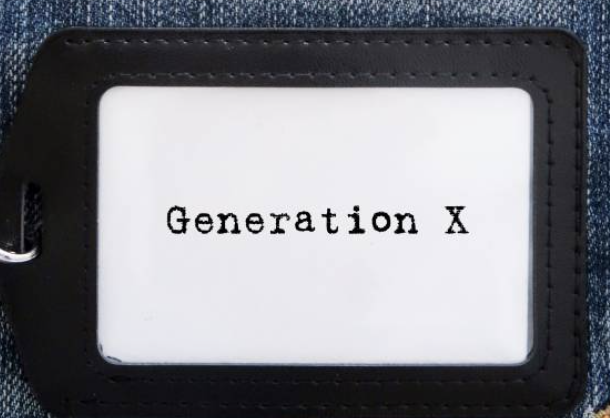Date:
Friday 26th January 2024
Share:

I first started thinking about this blog many years ago – in fact probably before the word blog existed. I’d just started my first proper job at Carlton (ITV) back in the 90s in the research arm of the sales team. I was 23 and fascinated to learn I was part of the commercially “attractive” audience of 16-34s. I was on a low salary, paying high rent and had just come out of university with debt to pay off. Any money I had left at the end of the month was spent on beer; I certainly had no interest in, or money for, cars, designer fashion or any of the other categories for which advertisers decided I was right to target.
Meanwhile the head of my department was a childless 40-something with so much money he didn’t know what to do with it. He was apparently too old to be targeted. Worse than that -when people of his age viewed advertising on ITV we termed them as “wastage”. It was actually a ‘waste’ for him to see the ads so ITV had to try harder to make programmes which wouldn’t appeal to him, but instead would only appeal to me and my young, impoverished friends (who as it happens never watched TV anyway).
When I moved over to work in a research agency several years later I talked to colleagues about how ill-advised it seemed to base everything on demographics. How can we assume two people who are male, 26 and who fall into the same SEG definition are going to respond to the same types of programming or advertising? Generally people agreed with me. This was 2007 and I realised the world was moving on. People talked about life-stages and need states a lot.
Very sensible.
Fast forward to 2023 and whilst my life and career have moved in many different directions, I still spend a large amount of my time with clients who are keen to talk to what is deemed the “attractive” commercial audience. My daughter is now a member of the 16-34 cohort. My partner is 55+. Guess who the advertisers want to talk to? One of them has the largest income, no longer has to spend money on dependents, the other is a student earning a couple of hundred pounds a week which goes straight to cafes or on Taylor Swift merch.
And it’s not just me thinking this – the stats back me up. In 2022 Generation X were the biggest spenders. In the US, this generation accounted for an average annual expenditure of $91,382 compared to Generation Z spending a mere $47,975. The almost forgotten Boomers (aged around 60-75 now) were also well ahead at $66,362.[1]
I realise brands will believe talking to young people will build their relationship for the future but how quickly do brand perceptions shift? Do I still think of brands in the same way I did back in the 90s? Did the fact that there was a cool Reebok ad in the 90s affect my choice of trainers in the 2000s and beyond when I could afford them? I’m afraid not.
Now that I’m well into the 45+ bracket I feel a little insulted to be reminded on a daily basis that my consumption of most media is still deemed as wastage.
I acknowledge that all of us are different and it’s impossible to know exactly who your brand will be relevant or appealing to, but is age really the best way to group people? When you describe someone to a friend is their age the first thing you mention (and do you even know it?) Or do we talk about interests, personality, family make-up etc.? In so many parts of life we’re told not to discriminate on age…maybe it’s time the marketing world did the same.
Reference:
[1]https://www.oberlo.com/statistics/consumer-spending-by-generation